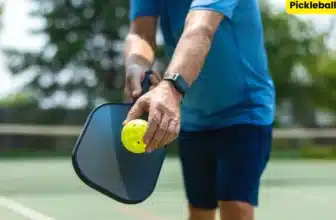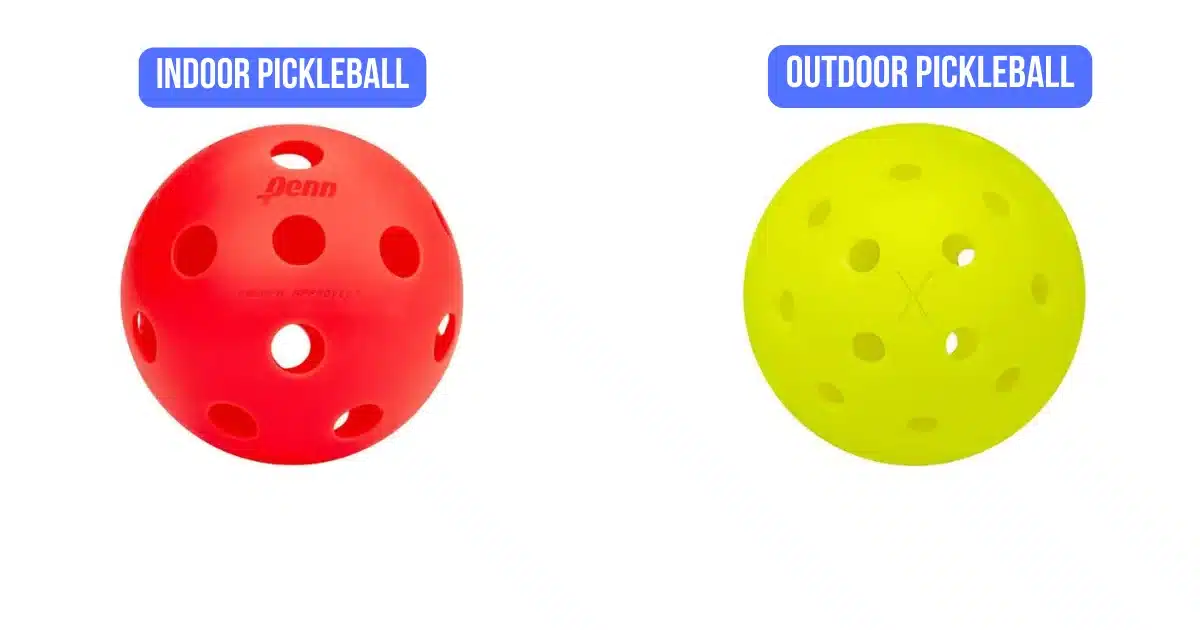
Hello there, fellow pickleball enthusiasts! If you have landed on this page, it is probably because you have just started learning about the most popular sport in the US, pickleball. So if you are wondering, “What is the difference between indoor and outdoor pickleball balls?” and “Can I play outdoor pickleball with indoor pickleball balls?”
Today, in this guide, we are going to explore the main differences between the pickleball indoor and outdoor balls, explore their unique characteristics ,and shed light on what sets them apart. So, grab your paddle, settle in, and let’s get started!
Indoor or Outdoor Pickleballs?
Pickleball, with its growing popularity, offers a large number of choices when it comes to choosing the perfect equipment. Apart from choosing the best pickleball paddle, another very important decision that a player must make is whether to opt for indoor or outdoor pickleballs. Pickleballs differ for indoor and outdoor play. For a beginner, an indoor and an outdoor ball may seem identical, but for someone who has a good knowledge of this popular game, each type of pickleball possesses its own set of characteristics tailored to specific playing conditions.
Decoding the Differences: A Comprehensive Guide
Well, without wasting any more time, let’s talk about the 5 main differences you will find between indoor and outdoor pickleballs. Below are the five main differences that we will discuss in detail in the following paragraphs:
- Number of holes
- Holes diameter
- Weight
- Hardness
- Durability
From hole count to weight, hardness to durability, we will leave no stone unturned in our try to understand what makes these pickleballs unique.
1. Number of Holes:
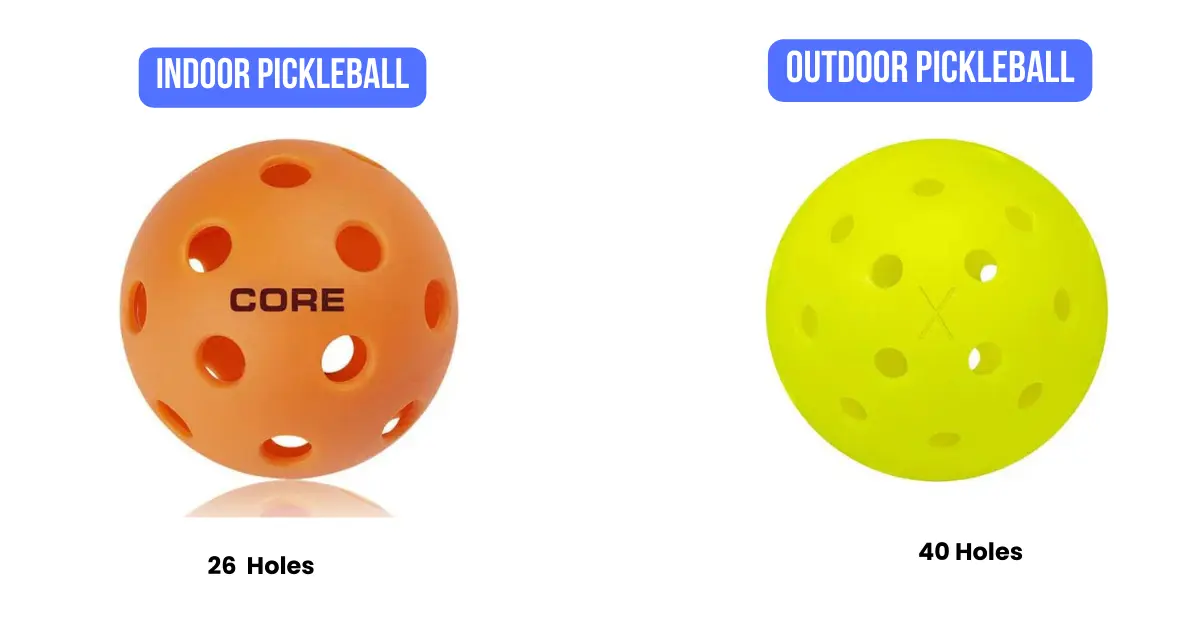
Did you know that these seemingly unimportant holes on the ball play an important role in the ball’s performance? Yes, you heard that right. Wondering how? Well, indoor pickleballs typically have around 26 generously sized holes, while their outdoor counterparts have approximately 40 smaller perforations. But why the difference?
The answer lies in aerodynamics and consistency. Outdoor pickleballs, with a greater number of smaller holes, are designed to be used in windy conditions and unpredictable outdoor surfaces with ease. On the other hand, indoor balls, featuring fewer but larger holes, are designed so that they can deliver a consistent bounce and flight trajectory on indoor courts where wind is a non-factor.
2. Hole Diameter:
Now, let’s turn our attention to the diameter of those holes. Ever noticed that indoor pickleball holes appear slightly wider than their outdoor counterparts? Can you think how this subtle variation impacts the ball’s performance? On average, indoor pickleball holes measure approximately 0.43 inches in diameter, while outdoor holes roughly measure 0.282 inches wide.
Not a huge difference right? While this difference in the hole diameter may seem minor, it plays an important role in determining the ball’s pace and maneuverability. The wider holes on indoor balls facilitate a slower pace, which is ideal for precision shots and strategic gameplay. In contrast, the smaller holes on outdoor balls contribute to faster shots and enhanced maneuverability on outdoor courts.
3. Weight:
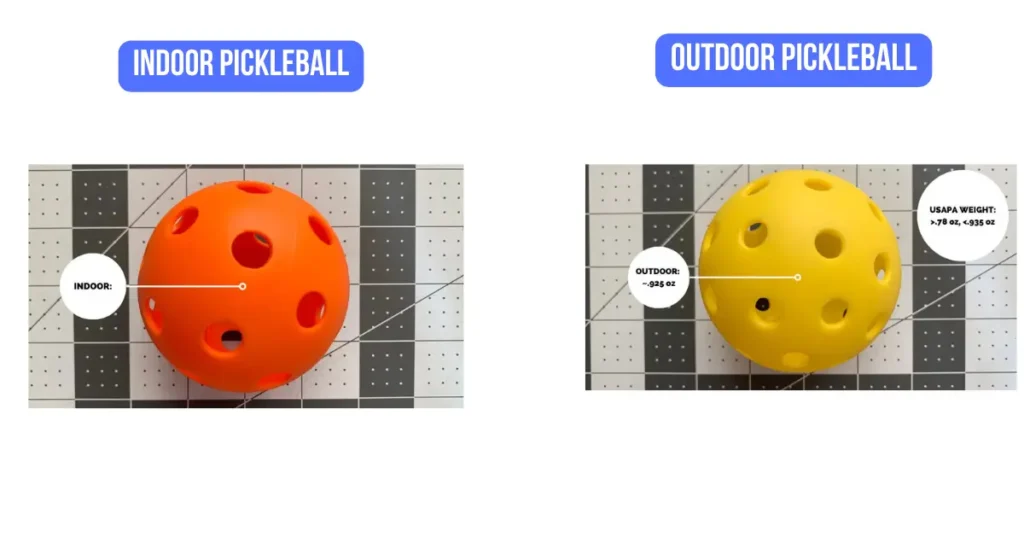
Let’s talk about weight! Outdoor pickleballs tend to be a bit heavier than their indoor counterparts. But why is weight such a crucial factor in pickleball design? Well, it all boils down to physics. A heavier ball is less sensitive to external factors like wind. This decreased sensitivity to environmental conditions makes sure that the flight path of the ball is more stable and predictable, especially in outdoor settings.
However, don’t underestimate the importance of weight in indoor play. Lighter indoor balls offer players greater control and finesse. This makes them the preferred choice for players looking for precision shots and strategic maneuvers on indoor courts.
Did you know that outdoor pickleballs are technically heavier than indoor ones? But don’t worry, the difference is so small that it’s less than 1%! The average weight of an indoor pickleball is about .917 ounces, while the average weight of an outdoor pickleball is about .925 ounces. Interesting, isn’t it?
4. Hardness:
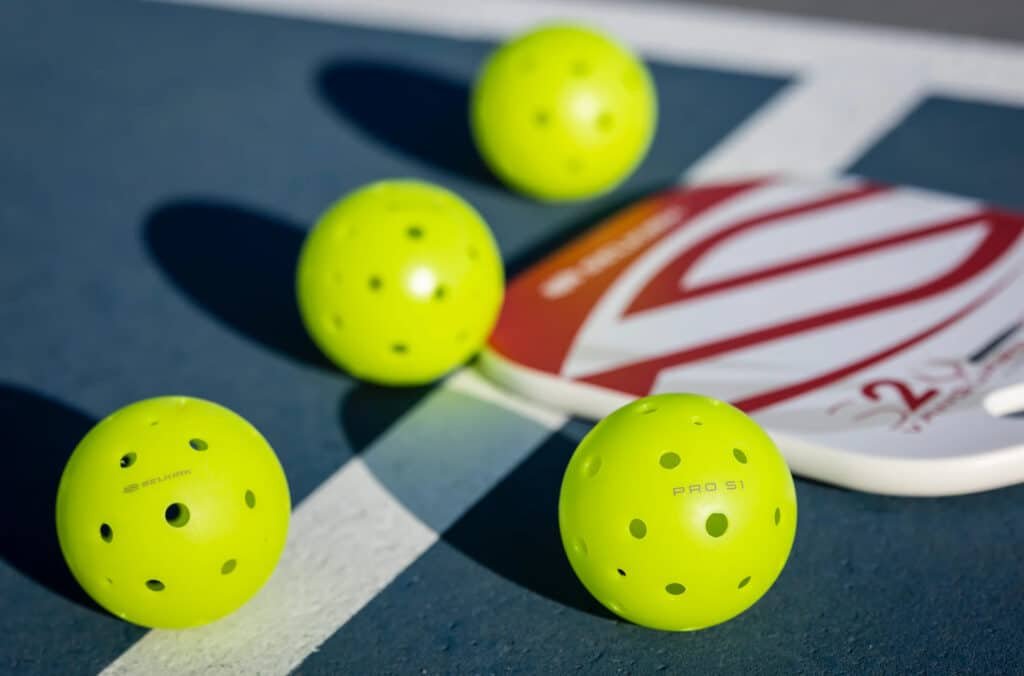
Now, let’s solve the mystery of hardness. Does the hardness of the ball really matter? Ever wondered why some pickleballs feel harder than others? It all comes down to the type of material used in their construction. Outdoor pickleballs typically feature harder plastics, while indoor balls tend to be a bit softer.
This difference in hardness varies the way the ball interacts with the paddle and court surface. So, if you are looking for a ball for outdoor play, you will want to go for one that can handle the tough terrain and provide a lively bounce. On the other hand, if you are playing indoors, a softer ball may be the way to go.
Pickleball hardness is checked using a test called the durometer hardness test. It measures how hard rubber and plastics are, using numbers from 0 to 100, with 100 being the hardest. Different materials used in pickleball have different hardness levels:
- Low-Density Polyethylene (LDPE): 40-50
- High-Density Polyethylene (HDPE): 60-70
- Polypropylene (PP): 70-83
- Polyethylene Terephthalate (PET): 85-95
Usually, balls made of TPE (sometimes called thermoplastic rubber) are much softer compared to balls made of HDPE. This is a key factor in choosing the right materials for indoor and outdoor pickleballs.
5. Durability:
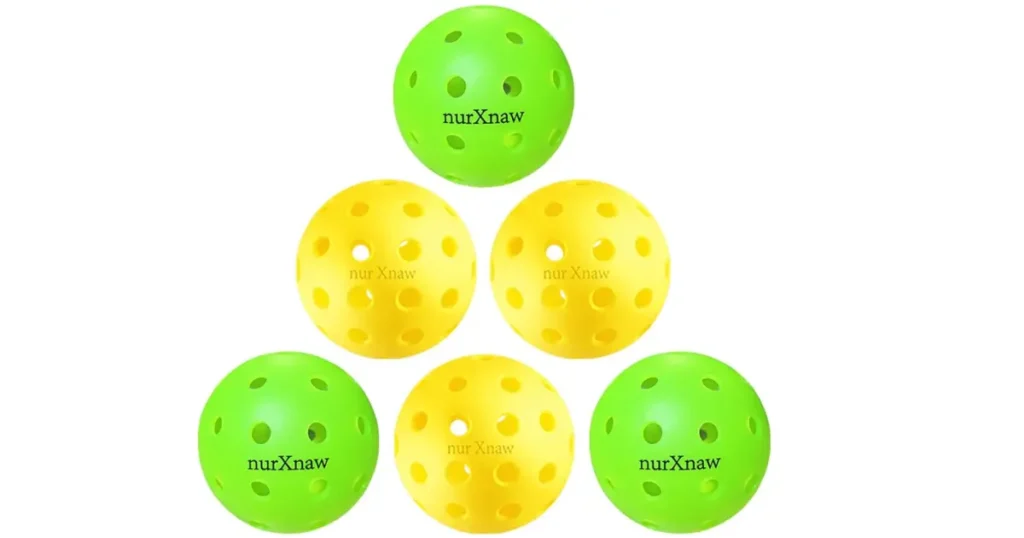
Last but not least, let’s talk about durability. When it comes to pickleballs, durability is really very important. While one might think that harder outdoor balls would be the winner if considering durability, the reality is a bit more opposite. While outdoor balls are indeed designed to withstand harsh outdoor conditions, their harder plastic composition can make them easier to crack and split over time.
On the other hand, indoor balls, with their softer plastic construction, may not hold up as well to outdoor wear and tear. However, they do tend to maintain their shape and integrity for longer periods on indoor courts.
Making an Informed in Outdoor and Indoor Pickleball Choice:
With this newfound knowledge, you will now no longer wonder “What is the difference between indoor and outdoor pickleball balls”.
You can now make an informed decision when it comes to selecting the right pickleball for your next game. Whether you are a seasoned pro or a beginner eager to learn everything about the sport, understanding the differences between pickleball indoor and outdoor balls is essential for optimizing your playing experience.
So, the next time you step onto the court, remember to choose the ideal ball wisely. Whether you love indoor pickleball or you prefer playing it on the outdoor court, whichever way you like to play, the good news is that there’s a pickleball out there that’s tailor-made for your style. So, get ready to up your game and discover the perfect pickleball ball that will take your pickleball skills to a whole new level



